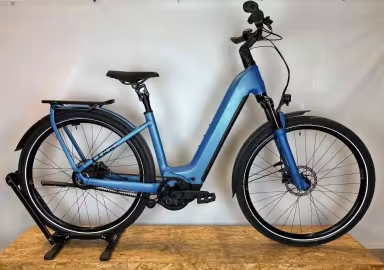Classic Bikes Mountainbike
274 Mountainbikes
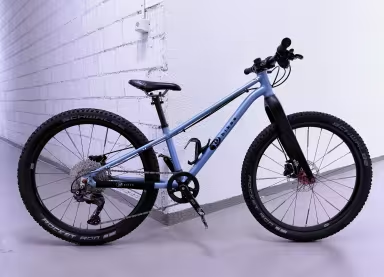
KUbikes 24S Trail
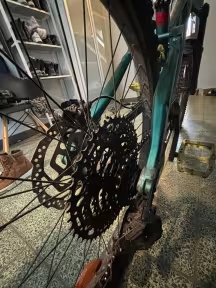
Kona Process 24
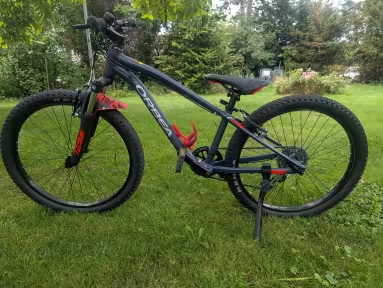
Orbea Mx Advanced Fun
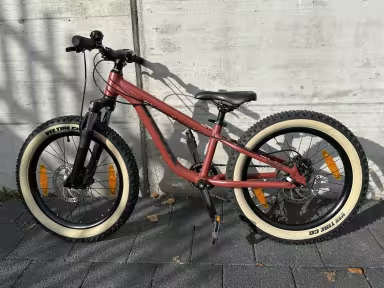
Kona Honzo 20
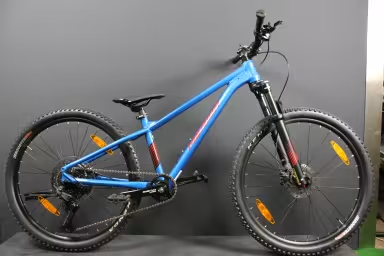
MERIDA Matts J. Champion
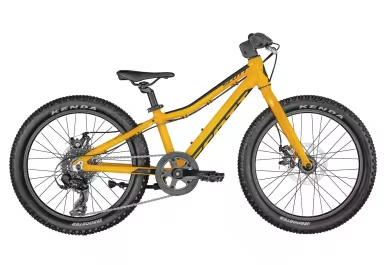
SCOTT Scale 20 rigid

Naloo Mountain Jack Std, 26"
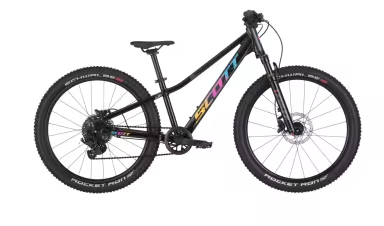
SCOTT Scale RC 400
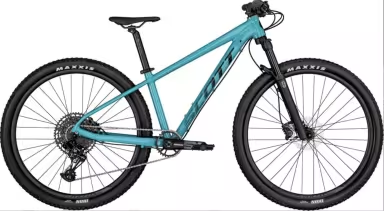
SCOTT Scale Rc 700
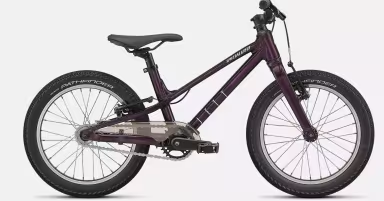
SPECIALIZED Jett 16 Single Speed
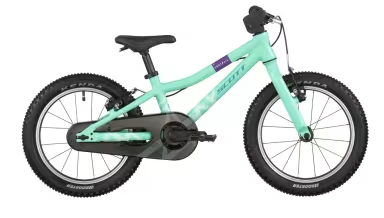
SCOTT Contrail 160
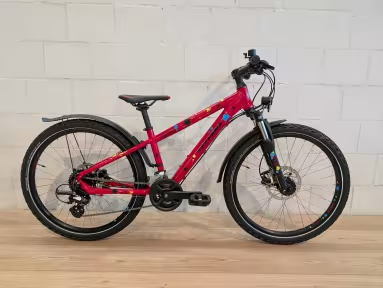
Stevens Furious 24" Strawbery Gen1
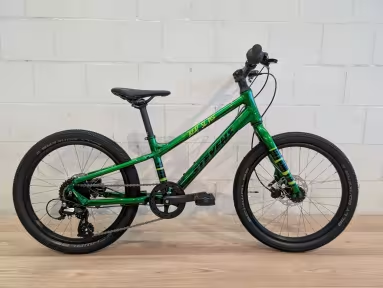
Stevens Beat SL 20"
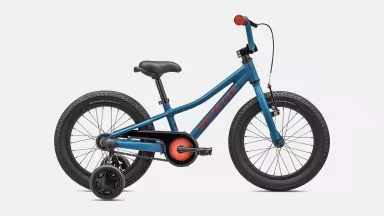
SPECIALIZED Riprock Coaster 16
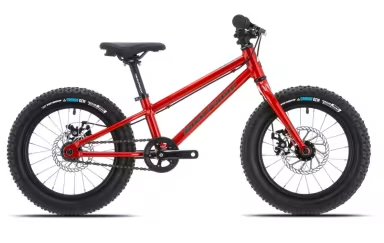
Nukeproof Cub Scout 16"
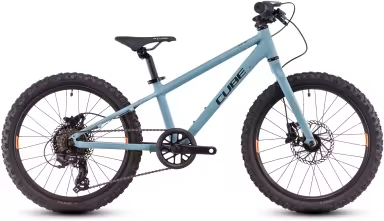
Cube Acid 200 Disc
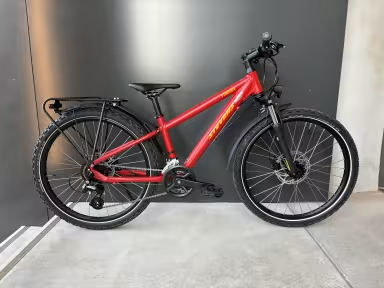
Stevens Furious Tour 24"
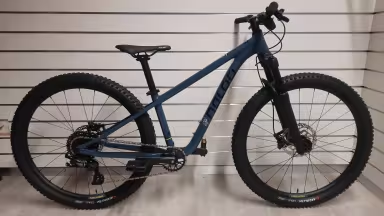
Naloo Hill Bill 26" Se, Mk3, Deep Blue
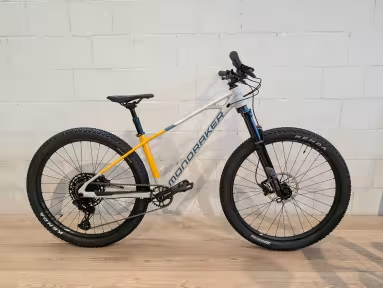
Mondraker F-Trick 26
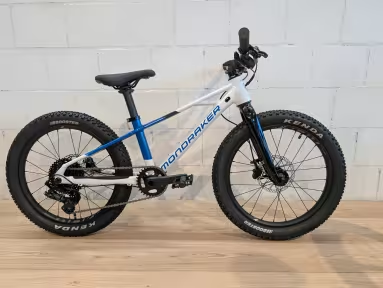
Mondraker Trick 20
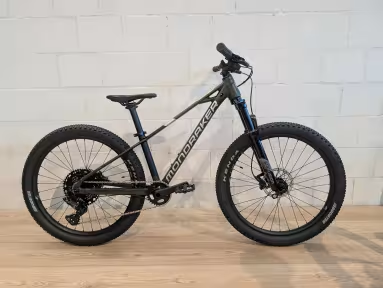
Mondraker F-Trick 24
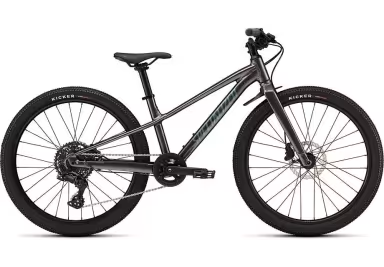
SPECIALIZED Riprock 20

SPECIALIZED Riprock 20
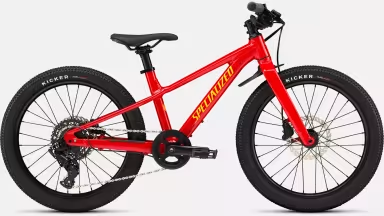
SPECIALIZED Riprock 20
Buying advice for: Child / youth: Mountainbike
Frame material
Children's mountain bikes often use lightweight yet robust materials that meet the needs of young riders. Aluminium frames are widely used for children's bikes as they offer a good strength-to-weight ratio. They are light enough for children to handle and ride, yet robust enough to withstand the rigours of mountain biking. Aluminium frames are also relatively affordable, making them a popular choice for children's bikes. Steel frames are less commonly used on children's bikes, but they are still an option. Steel frames are particularly robust and offer a smooth ride on a variety of surfaces. However, they are often heavier than aluminium frames, which may make them less suitable for smaller children.
Suspension
Many children's MTBs have a rigid fork without suspension. These forks are lighter, simpler and require less maintenance than suspension forks. However, they offer less comfort and damping on uneven terrain. However, some children's bikes can also be fitted with a simple suspension fork at the front to absorb shocks and vibrations on uneven terrain. These suspension forks usually have limited suspension travel and are designed to be lightweight and easy to use. Some higher quality children's bikes may have adjustable suspension, allowing the suspension fork to be customised to the child's weight and riding style. This can improve the performance and comfort of the bike.
Wheels
The size of the wheels on children's bikes varies depending on the frame size and the age of the child. Typical wheel sizes for children's bikes are 12 inch, 16 inch, 20 inch and 24 inch. Smaller balance bikes are suitable for younger children, while larger balance bikes are intended for older children and teenagers.
Tyres
The tyres of a children's mountain bike are crucial for the performance, comfort and safety of the bike on different surfaces. The tyre size depends on the size of the bike and the age of the child. Children's bikes are available in different sizes, from small runbike sizes for younger children to standard 20 inch or 24 inch wheels for older children. It is important to choose the right tyre size according to the frame size of the bike to ensure optimal performance and safety. The tread pattern of the tyres affects the traction and grip of the bike on different surfaces. For children's mountain bikes, tyres with an all-round tread pattern are often popular, offering good performance on paved roads as well as on gravel paths or light trails. A balanced tread pattern with a medium lug height and sufficient space between the lugs enables good traction on different surfaces. The width of the tyres can also affect performance and comfort. Wider tyres usually offer more stability and comfort on uneven terrain, while narrower tyres can offer less rolling resistance on paved roads.
Brakes
Children's mountain bikes are usually equipped with brakes that are easy to use and appropriate for the needs of young riders. Rim brakes, or V-brakes, are the most common brakes on children's bikes. V-brakes are easy to use and offer good braking performance. They are easy to adjust and require little maintenance. The brake levers are usually designed specifically for small hands, making them easy for children to operate. Some higher quality children's bikes may be equipped with disc brakes, either mechanical or hydraulic. Disc brakes usually offer improved braking performance and can be more consistent in different weather conditions than rim brakes. However, the familiar coaster brake is also a popular choice for children's MTBs.
More interesting bikes
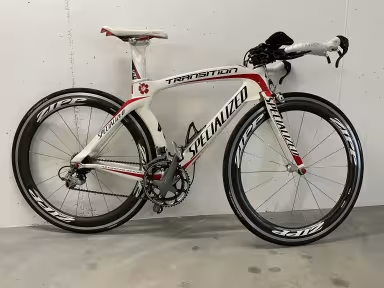
SPECIALIZED Triathlon Transition Elite
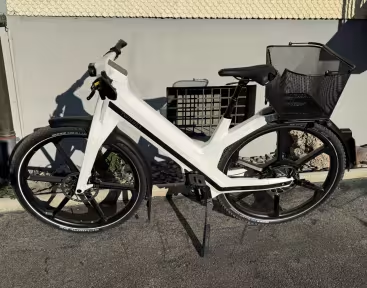
Thömus Twinner
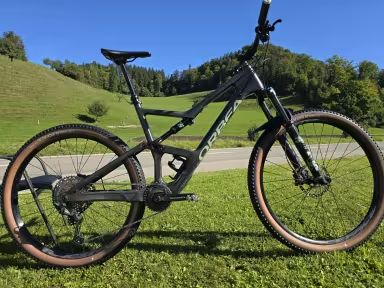
Orbea Occam M30
